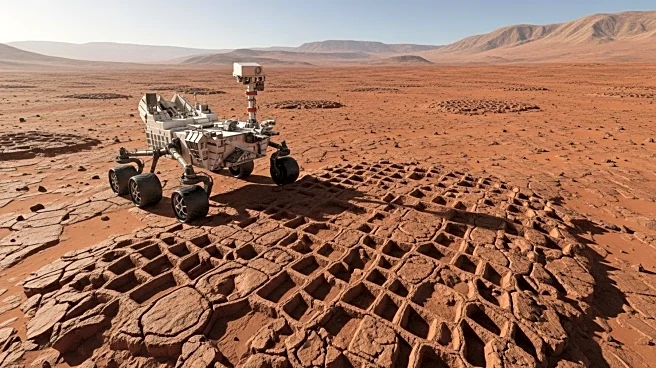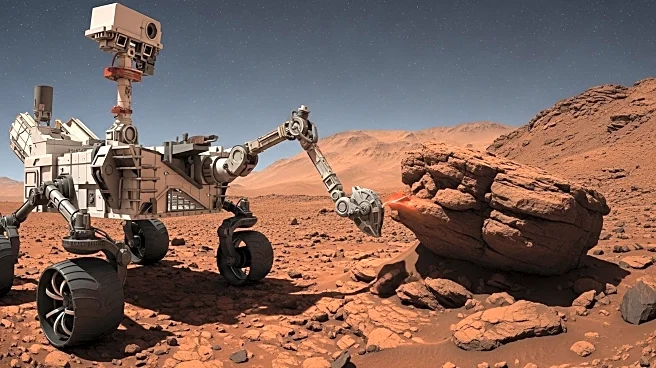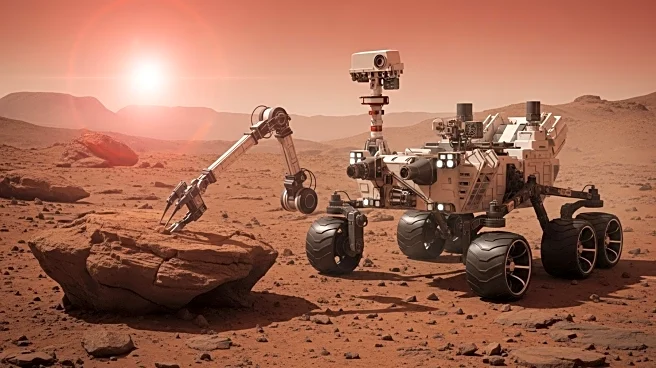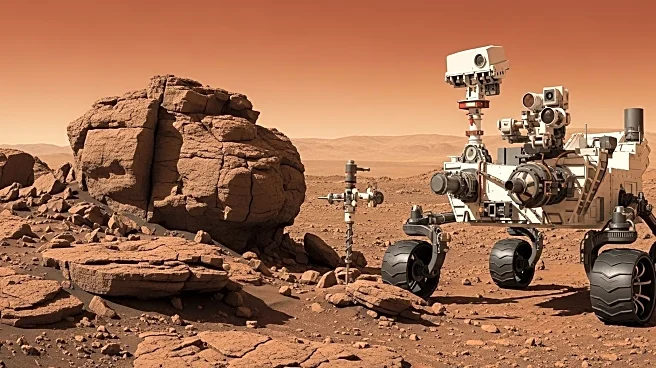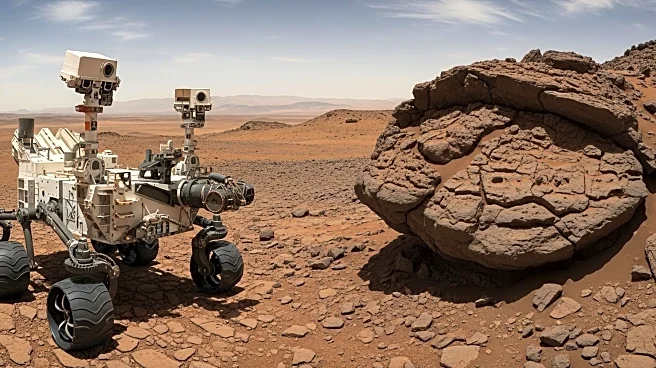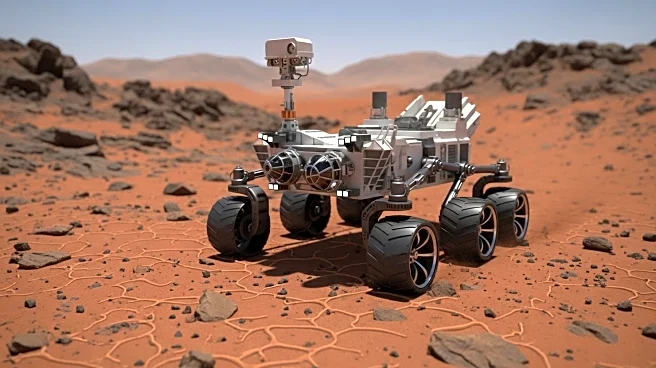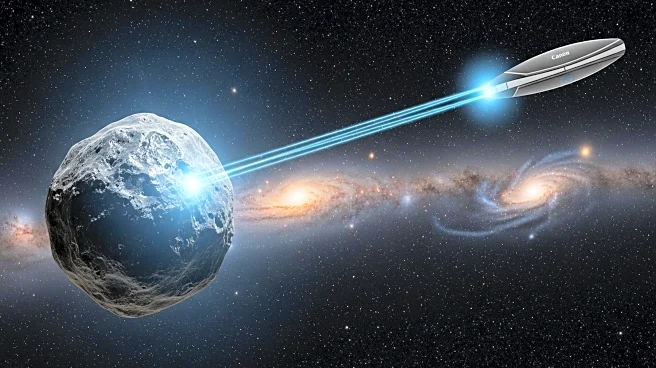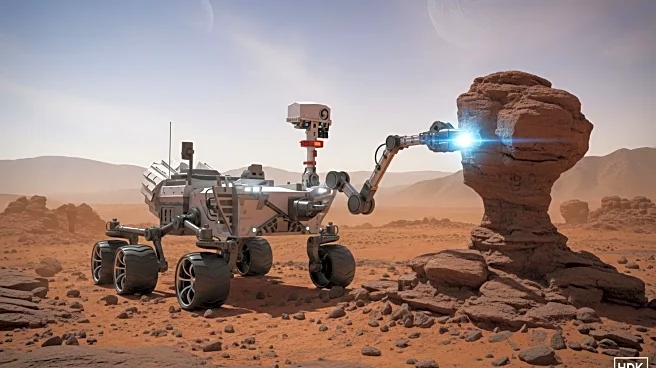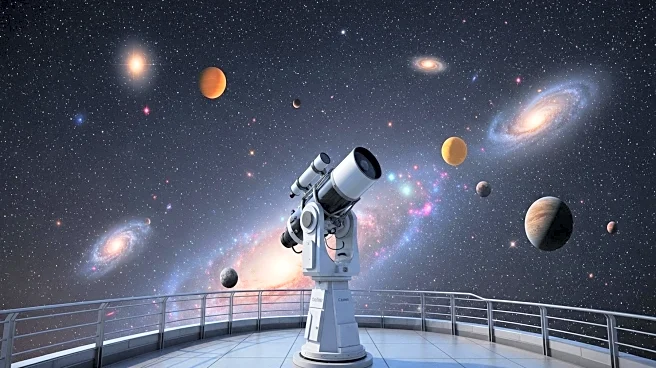What's Happening?
NASA's Curiosity rover has captured a detailed panorama of Mars' Gale Crater, providing one of the clearest views of the Martian basin to date. The panorama consists of 44 images taken by the rover's Mastcam instrument, showcasing the crater floor and the northern rim. These images were processed at NASA's Jet Propulsion Laboratory to simulate Earth-like lighting conditions. Curiosity, which has been exploring Gale Crater since August 2012, continues its mission to determine if Mars ever had conditions suitable for microbial life. The rover has discovered evidence of ancient lakes and streams, as well as rocks rich in organic carbon and other chemical elements. Curiosity's mission has been extended beyond its original two-year plan, and it remains operational thanks to its Radioisotope Thermoelectric Generator.
Why It's Important?
The continued success of the Curiosity rover is significant for several reasons. It provides valuable data that enhances our understanding of Mars' geological history and its potential to have supported life. The discoveries made by Curiosity, such as the presence of organic compounds and past water networks, are crucial for future missions, including those aimed at human exploration. The rover's findings also contribute to the broader scientific goal of understanding planetary habitability, which has implications for the search for life beyond Earth. Additionally, the technological achievements of the rover, including its longevity and ability to operate in harsh conditions, demonstrate the capabilities of current space exploration technology.
What's Next?
Curiosity will continue its exploration of Gale Crater, with NASA estimating it will remain operational for at least two more years. The rover's ongoing mission will focus on further analyzing the Martian surface and atmosphere to gather more data on the planet's past conditions. Meanwhile, the Perseverance rover, which joined Curiosity on Mars in 2021, is participating in a sample return mission in collaboration with the European Space Agency. This mission aims to bring Martian samples back to Earth, although it is still in the planning stages and not expected to be completed before 2040. These efforts will continue to build on the foundation laid by Curiosity's discoveries.

